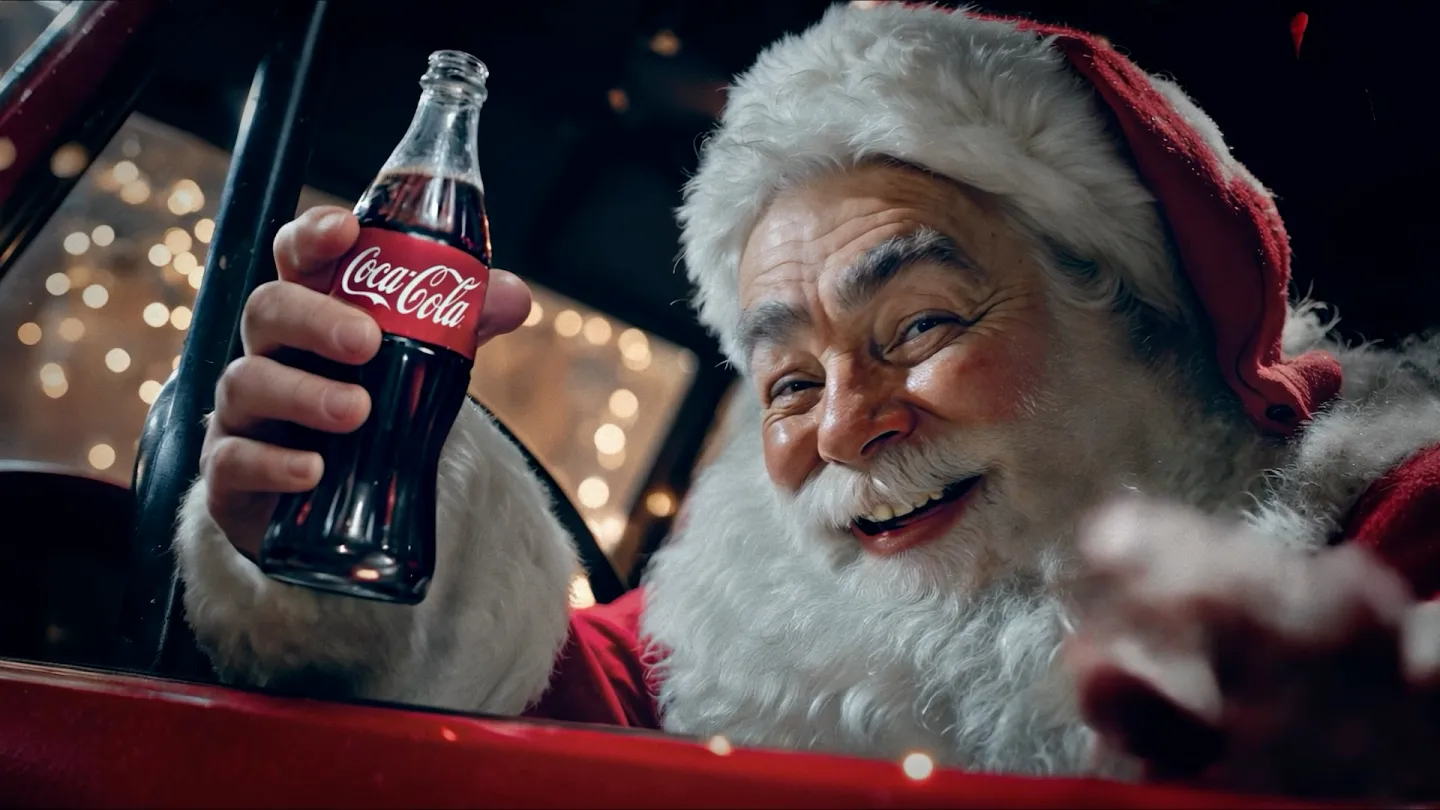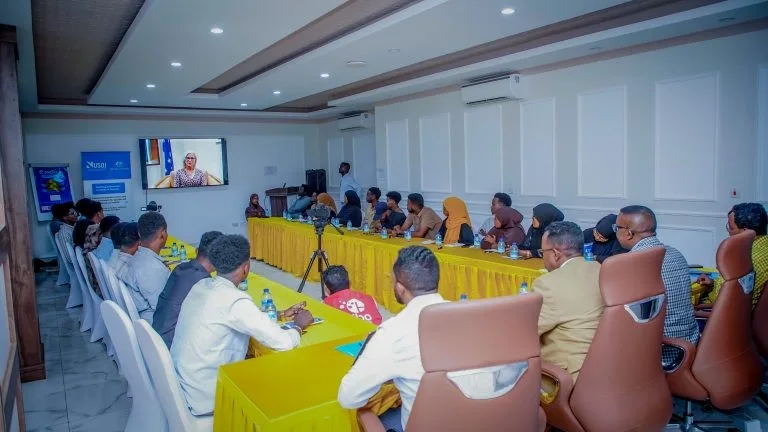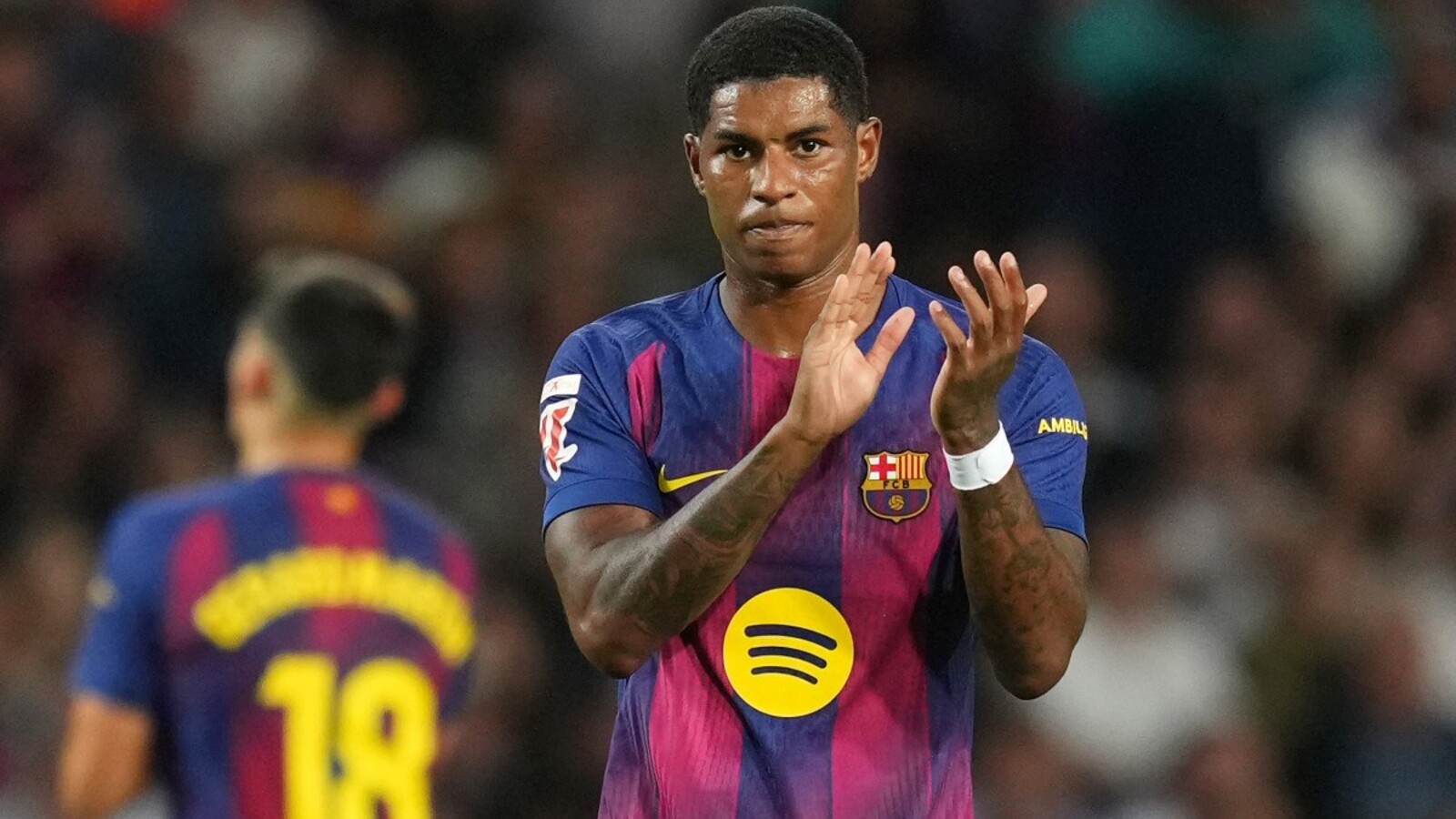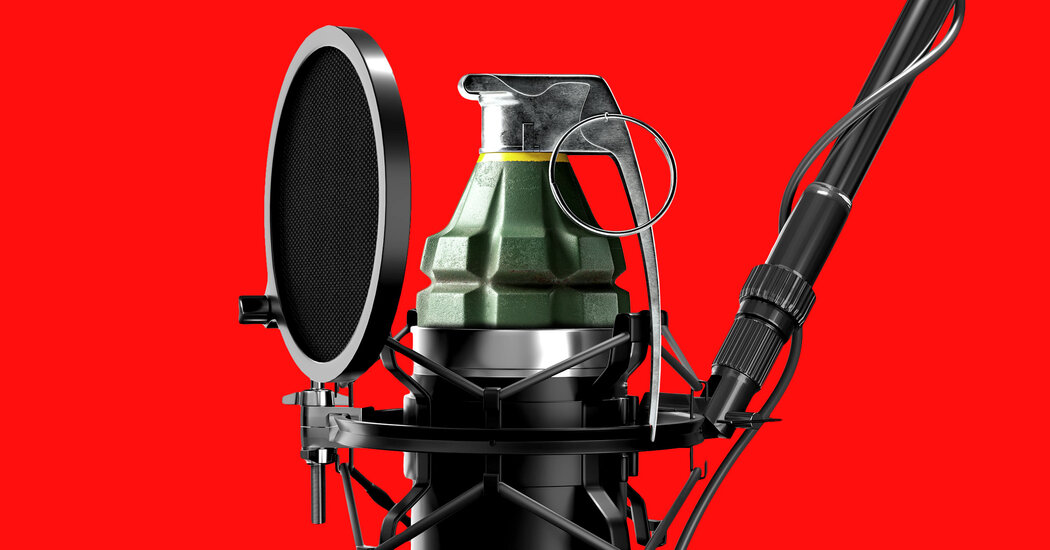Copyright The Hollywood Reporter

This year’s Coca-Cola‘s AI ad-drop was supposed to be different. Different than last year’s bashing, what with smoother tech. Different from last year’s controversy, what with more consumer acceptance. The critics, producers hoped, might be subdued. So much for that. Several days after the animated “holidays are coming” spot debuted, the backlash among the creative class seems as as strong as, well, when Coke released its AI “holidays are coming” spot last year. The Evil and Good Wife creator Robert King posted on X that the animal-centric animation “worked better as ZOOTOPIA” and suggested Disney might want to think about suing Coke in addition to Midjourney (unlikely). The anti-AI Hollywood concept artist Reid Southen called it “Stupid, ugly trash.” Another illustrator, Karla Ortiz, called for a boycott. And the Gravity Falls writer Alex Hirsch, who had sharp words for the ad last year, returned to the well this November, noting that “’the genie is out of the bottle, and you’re not going to put it back in’ – your boss firing you on Christmas,” citing a line from a Coke exec in The Hollywood Reporter’s story from Monday. This kind of criticism was something the maker of the main ad (there are several versions), an L.A.-based AI studio founder named Jason Zada, was prepared for. Zada, whose company Secret Level was also behind last year’s ad, believes people aren’t understanding the creativity that goes into the work, which includes many animated animals and an AI Santa Claus generated by archival Coca-Cola drawings. Speaking to THR on Friday just a few days before the ad’s release, he made an insistent case that producing an AI commercial is at heart no different from making any animated film. The conversation was edited for brevity and clarity. First, tell me about the reaction to last year’s ad. Did it surprise you? We did the Coca-Cola spot and it was met with very mixed reaction. Because I think at the time it was the sort of thing a lot of normal consumers weren’t on board with yet. But the last year has been crazy. There are things upsetting Hollywood, but the brand side has gone all in in an enormous way. The Coca-Cola ad was a wake up call to a lot of people in marketing that it was OK to do it this way. It shifted the conversation: There’s a really traditional way to do it and there is a brand new way to do it. Do you understand the criticism of people who say that the brand new way is really just a repurposing of the old way — that LLMs aren’t really a departure, just a rehash? There’s a lot of human artistry. This new ad was done by 20 people. There was a lot of hand-drawn character designs that went into it, a lot more sketching and world-building. More than last year but less than an ad like this normally would have, right? Yes, but animation is always all about artistry. AI could do some things well but it can’t do everything well. There’s a lot more that goes in than most people think in terms of hand-drawing characters and animating them and all the details that go into a production. It’s not just saying a series of words and pressing buttons. I hope people can see that. We do a lot of fine tuning, a lot of very specific things to make the animation just like traditional animation. I have a 20-year-old daughter going to school for 3D animation; she’s my toughest critic. Human creativity is at the core of what we do. Like this Coca-Cola ad, or the will.i.am piece [another Secret Level project]. You’re making the argument that AI is a tool, basically — it’s just a device like any other piece of tech. It’s just using technology to help the human creativity and collaboration. We work with a global network of artists to pull these campaigns together. These campaigns are very time consuming. AI just gives us the opportunity to do it a lot faster. With traditional animation a piece like this would take months and months. This took less than a month. The efficiencies you could get with AI — we could iterate faster and move faster. We could move at the speed of culture. Critics would say that speed isn’t really speed — it’s just using what other people did only you didn’t hire them. The world is not moving slower. If you need a campaign last-minute there’s no way to do a massive project at scale without AI. It simply wouldn’t get done. Hollywood moves super slow and the brand side moves super fast. We play on both sides of the field so it’s interesting to see the difference. But efficiency at scale is becoming more of a standard in both worlds. Let’s talk about the job element, since that has been a big part of the criticism of the output of AI studios. Do you feel like you are reducing the number of jobs out there for human artists? Well, look at [Latvian animated Oscar winner] Flow. They produced a movie at a quality that won an Academy Award without the massive overbloated amount of people it takes to make an animated movie. Small and mighty teams; we’ll see a lot more of that. [Note: Flow was made with a high-end tool called Blender, which uses a lot of tech but is not Generative AI.] As the business moves forward this is a big part of why we see AI as a massively empowering tool versus something that’s going to kill jobs. I look at it in terms of visual effects back in the day. You had model builders and painters who now maybe had less work when computers came around but it created a whole new market that employed way more people than the traditional model. That is true, but that was because you needed large teams to work with the tech tools. The point of Generative AI is the tech does the bulk of the work on its own. There are many people who will work with AI. I gave a Ted Talk on on this — “divided by AI.” There are two sides. The “I’m scared, I don’t know what my job is going to be in the future.” And the other side, the “I’m leaning in” side. I speak at a lot of conferences. In my opinion the best people who use AI are those who work as artists. If you do that it’s the ultimate superpower. You can now do what you do and do it faster. That’s my view — if you lean in and embrace it you could do ten times more than you could do before. At the scale you want to do it you would need ten more people. And now it might be you and one more person. The teams will be smaller but they could usher in a renaissance of creativity. You move a lot faster, you could do a lot more with the same resources. That’s the argument at the corporate level too, right, that in this new “efficiency” age brands or Hollywood productions won’t reduce budgets? They’ll maintain budgets, just now produce more. Do you believe that? If you could do more with less you will do more. We tell our clients this is not about spending less money. It’s about using budgets more efficiently. With this film we could create a 90-second version [in addition to the 60-second spot] and a customized version. We couldn’t do that without the efficiencies of AI. What do you think has changed most in the last year besides the tech, which pretty much everyone agrees looks a lot better comparatively? I don’t think consumers had a lot of experience with it yet last year. We were hearing about it a lot on TV and radio but people hadn’t used it, they hadn’t seen it. Now they have. And you believe many of them like what they see. The reason our spot tested so well last year was because the average consumer doesn’t really care. With our new ad we go around the world and see animals from different parts of the world. We put happiness on faces, smiles on faces. Why would you get mad about something like that?



